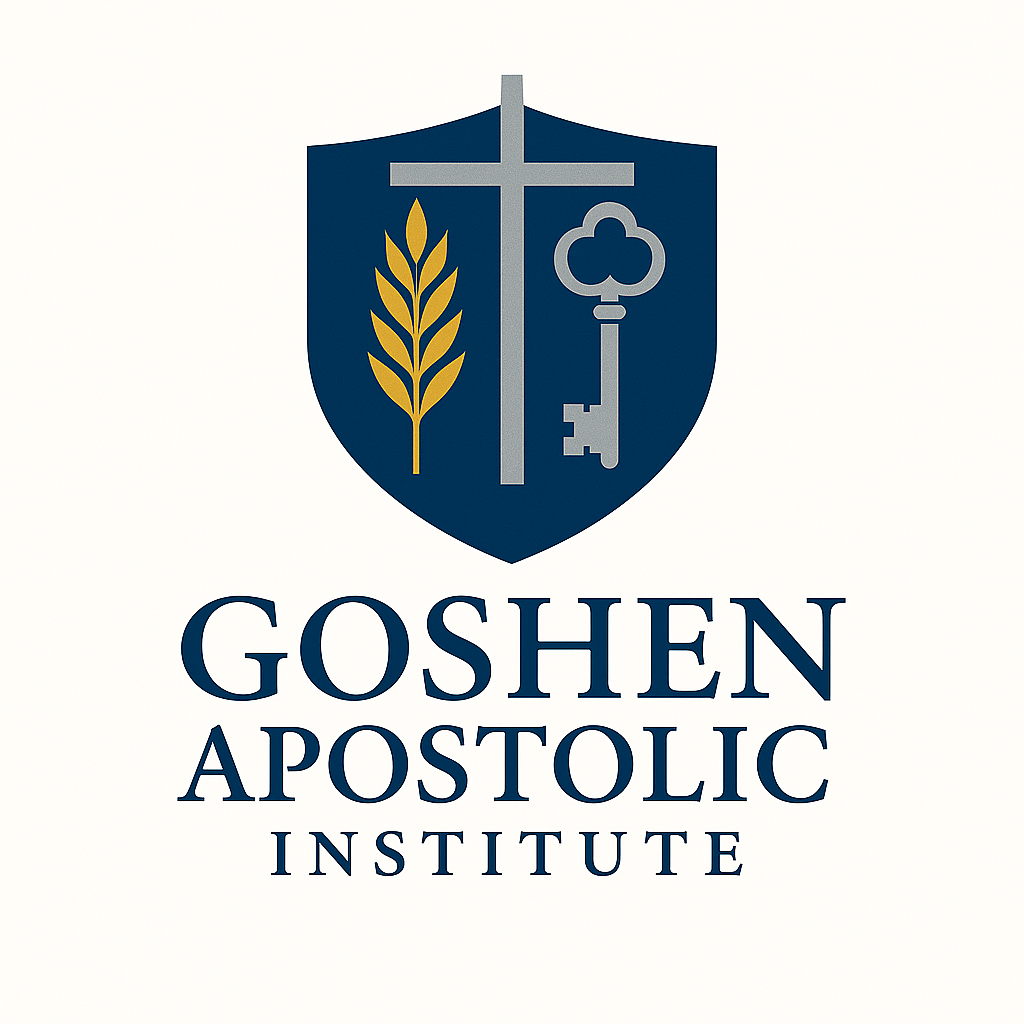Goshen Apostolic Institute DAO Framework
A faith-centered decentralized governance model for collective decision-making and resource management.
The Goshen Apostolic Institute is exploring a new frontier in governance through a Decentralized Autonomous Organization (DAO). This model enables Spirit-led collective decision-making while ensuring transparency, inclusion, and alignment with Apostolic values.
1. Purpose and Guiding Principles
The primary mission of the Goshen DAO is to enhance transparency, participation, and stewardship across the Institute’s operations by leveraging blockchain-based tools. At its core, the DAO is anchored in three values: spiritual alignment, inclusivity, and transparency. All decisions must reflect apostolic doctrine and Kingdom principles. Every member — whether student, pastor, donor, or volunteer — will have a voice. All governance activities, from voting to fund management, will be conducted openly through blockchain technology.
[urcr_restrict]….[/urcr_restrict]
2. Governance Structure
Membership and Roles
The DAO will operate with a tiered membership structure:
- Core Leaders (pastors, elders) hold greater influence in doctrinal matters.
- Active Members (students, volunteers) have standard voting rights.
- Donors may influence specific proposals in proportion to their support, with built-in limits to maintain equity.
Verification of roles will use Soulbound Tokens (SBTs) — non-transferable NFTs tied to member identity and status.
Decision-Making Process
Proposals will fall under three categories: spiritual (curriculum, doctrine), operational (budgets, logistics), and community (outreach, events). Voting will be conducted via token-weighted or quadratic models using a dedicated governance token ($GOSH), with tools like Snapshot.org for off-chain polling and smart contracts for on-chain execution. This balances efficiency with decentralization.
Treasury Management
The DAO’s treasury will be funded through donations, tithes, and grants — stored in stablecoins like USDC or native tokens. Smart contracts will govern disbursements, with automatic releases triggered by proposal approval thresholds (e.g., 50% vote). For larger allocations, multi-signature wallets (such as Gnosis Safe) will require leadership consensus.
3. Technology Infrastructure
The DAO will be powered by platforms such as Aragon or DAOstack, offering customizable templates for governance. Voting will be facilitated through Snapshot, enabling gas-free participation. The blockchain layer will use Polygon (an Ethereum Layer 2) to ensure low-cost and scalable transactions. To maintain integrity and prevent identity fraud, systems like BrightID or Gitcoin Passport will confirm unique participation.
4. Proposal Lifecycle
Each proposal will follow a defined path:
- A member drafts and posts the proposal for forum discussion.
- Core leaders review it for alignment with doctrinal standards.
- Members vote over a seven-day period, with a quorum of 30% participation.
- If approved, the proposal is executed via smart contract or manually by DAO stewards (for sensitive matters).
5. Real-World Use Cases
The DAO will support various areas of the Institute’s operation. For example, members can vote on budget allocations for missions, scholarships, or tech upgrades. Event planning will be opened to the community, allowing members to select conference themes or guest speakers. Curriculum changes and new course offerings will be proposed and refined collaboratively.
6. Safeguards and Accountability
To preserve doctrinal integrity, core leaders will retain veto power for proposals that violate biblical alignment. Smart contracts will include time-locks to delay high-impact decisions, allowing time for reflection and challenge. The system will also undergo periodic audits to ensure smart contract security and financial accountability.
7. Roadmap for Deployment
Phase 1 – Pilot:
Deploy the $GOSH token and SBTs to a small group (e.g., 100 core members). Run a trial vote on one or two low-stakes proposals using Snapshot.
Phase 2 – Scale:
Integrate Aragon or DAOstack for full on-chain execution. Expand participation to 500+ members across different Goshen communities.
Phase 3 – Maturity:
Connect the DAO with metaverse platforms such as Decentraland for immersive gatherings, classes, or prayer meetings in virtual spaces.
8. Anticipated Challenges and Solutions
| Challenge | Proposed Solution |
|---|---|
| Low voter turnout | Introduce rewards for participation in $GOSH |
| Regulatory uncertainty | Use legal wrappers (e.g., Wyoming DAO LLC) |
| Spam or misuse | Require refundable deposits for proposal submission |
9. Long-Term Vision
As the Goshen DAO matures, it can support the creation of global satellite DAOs — each representing regional apostolic hubs. These sub-DAOs can collaborate with other faith-based governance models across the world, forming an ecosystem of spiritually-governed decentralized communities.
Next Steps
To launch this initiative, the Institute should begin by forming a DAO Committee composed of both theological advisors and technology experts. An introductory workshop will help members understand their roles and the basics of decentralized governance. The first test proposal — such as choosing the next conference theme — can then be introduced to model the full governance cycle.
